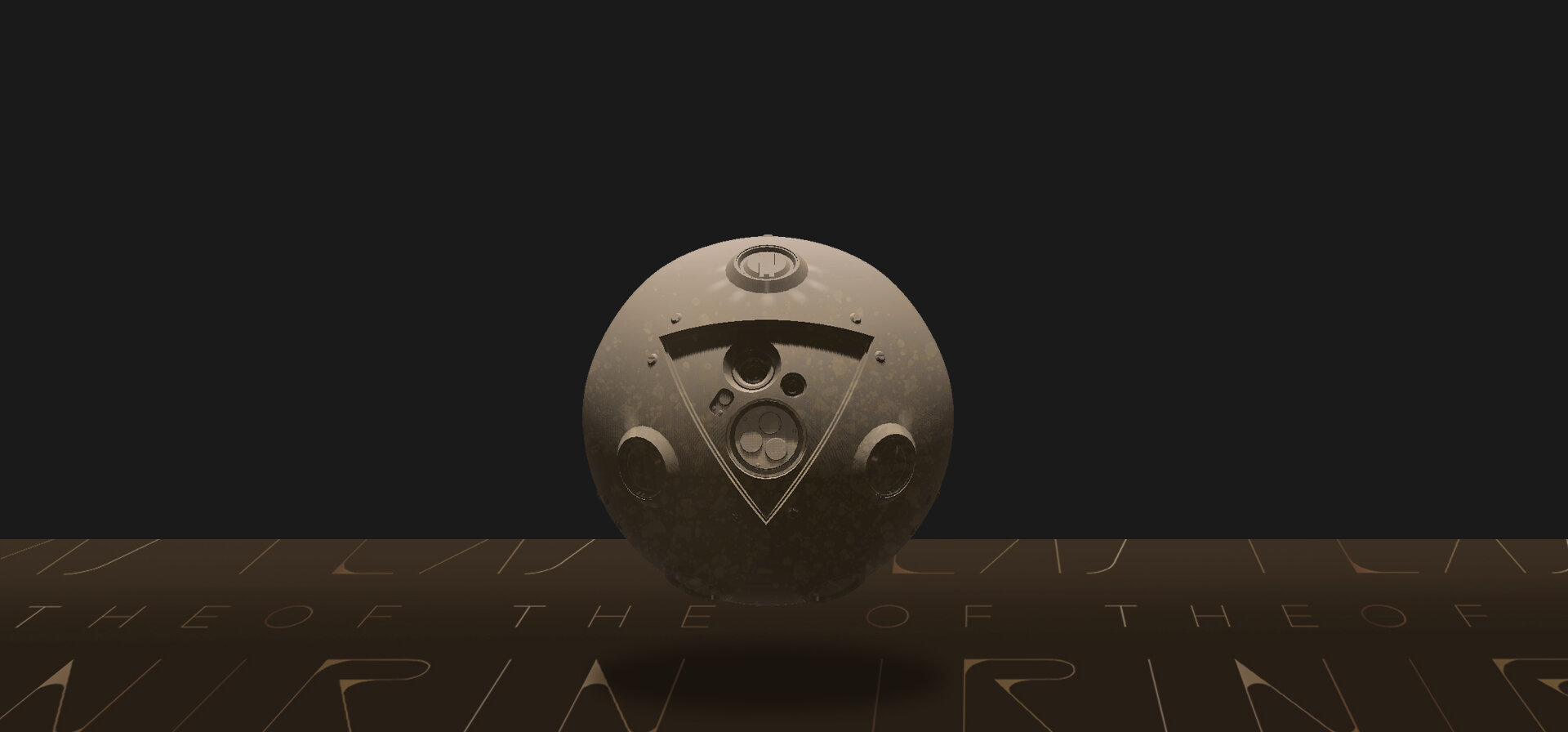Following the evacuation of the Sirusians and their Irin from Earth, it was only a matter of time before the power vacuum left in their wake would be filled. This was not without precedent: there had been a number of occasions when Earth operations had been temporarily scaled back -even abandoned- for decades at a time, and such situations were in essence a part of the design. The instinctive attachments bred into the human workers for order and subservience ensured that, provided relics and other artefacts of Sirusian presence remained on Earth, the status quo could be preserved by means of ritual worship and social ceremony. Overseeing it all were Marduk’s many illegitimate children from his dalliances with human women, which were many in number. Ensconced in many regions as kings, treasurers, generals and high priests, the bastard sons of Marduk ensured that Earth was ever ready for the return of its “true gods”: the temples continued their practises, and at every feast the gods’ abandoned and untouched plates were the first to be filled with food offerings. In the absence of a centrifuge, the blood, sperm and milk were instead placed before the curtain of the Inner Sanctum, and then, when all was done, simply taken out to a waster bowl, unseparated and unused. With the diminished requirement for serum, the sacrifice of children was now only enacted in times of calamity to assuage hysteria and assert control. Recognising the power and precarity of their influence in the final absence of their sire, the offspring of the gods began to seek ways to legitimize their half-blood status through a process of deification, and assurances that they were still in direct contact with Marduk.
As the first generation of Marduk’s direct descendants passed away, with no sign of the return of their gods, this deification and assurance of communication became a more urgent business for the generations that followed. The bodies of their children would be embalmed in preparation for their ceremonial repatriation and burial on Soma; great pains were taken to ensure the bloodline remained as undiluted as possible through carefully selected inbreeding. The process ensured their legitimacy not only in the eyes of their own people, but also, it was hoped, in those of their ancestors upon their eventual return. Each consort of Marduk would go on to found a “House”, whose histories were to be recorded for posterity; in this manner, descendents would be able to readily trace their ancestors among them. Cyrus the Great, for example, could trace his lineage back through three Houses to his ancestor, Marduk. The foundations of many of the great monarchies and their principle tenets were formed during the earlier absences of the god: the Divine Right to Rule; the direct connection to God, and the primacy of lineage. As the years became centuries, these rituals inevitably grew to form the basis of all legitimate power.
